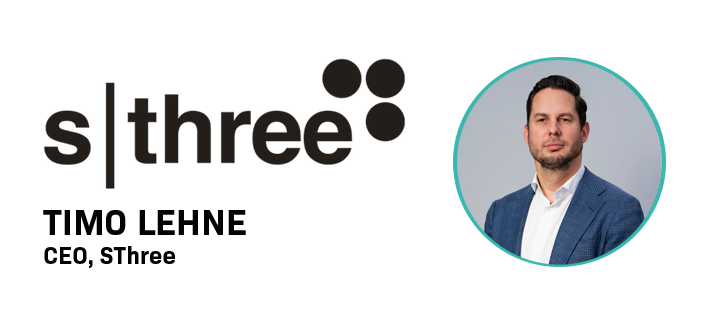To align with these trends and attract top STEM talent, hiring behaviours must change. It is crucial to simplify bureaucratic processes, tap into untapped potential, and prioritise retaining current talent. In doing so, we can transform the STEM industries and make a significant contribution to addressing the global skills gap.
Employers that take meaningful steps to attract and retain key skills can outstrip their competition and surge ahead in critical markets.
Bureaucratic barriers hinder access to talent
Despite a growing skills shortage, companies need to promote innovation and digitalisation to compete globally and while many businesses have increased investment in this area, they also need to reduce bureaucratic processes and increase incentives so that they can see a return on their investments.
Tax incentives and government support for research help businesses expand and attract interest from foreign firms. In order to benefit from these incentives, companies must modify their approaches, listen to workforce demands and embrace flexible operating models. By targeting contractors, they can accelerate transformation and remain reactive to market opportunities.
But this is no simple task.
While contract workers are vital, they are subject to arduous regulations. In some countries, such as the UK, their tax status has come under close scrutiny and made self-employment overly complicated. To help contractors overcome this, companies should provide incentives. Tackling this can be daunting, but it doesn’t need to be complex.
One way is for organisations to adopt a model that gives employees the flexibility of contract work and the job security and benefits of a permanent role. This can free companies and their employees from the burden of regulation. Contractors employed under such models enjoy perks like annual leave and health insurance while avoiding risk and maintaining flexibility. So, companies gain access to a flexible and skilled talent pool, while talent agencies take care of the administration and training.
Recognise the unused potential right in front of you
Demographic changes that are seeing millions age out of the global workforce are aggravating the skills shortage. A shortfall in sought-after specialists means that companies must look beyond traditional methods. They need to consider a larger, global talent pool, older workers, and candidates who have taken non-traditional career paths. It is also essential that they promote diversity to attract talent from a range of backgrounds.
Companies are already benefitting from a much bigger talent pool. They are looking around the world for critical skills and creating a culture that makes an international workforce feel at home. Those experiencing regional talent shortages are taking advantage of global talent hotspots and regional specialisms to identify suitable candidates and promote greater competition for the roles they have to offer.
Older workers are an under-used resource. Some businesses are taking steps to retain employees of 55 and over who have a lot of expertise and experience but may be tempted to retire early. Running a specialist talent firm I have seen numerous examples where businesses have benefitted from adding career veterans to teams of younger staff. One huge benefit we have seen is that older team leaders are often more in tune with the human side of management, which is increasingly important as the spotlight is turned on the role of companies in the wellbeing and mental health of their people.
Many companies continue to look for a traditional career path to fill roles. This is a luxury they can ill-afford and many are missing out on strong candidates as a result. Leading organisations must think more creatively. Our experience shows that entrants who come from other industries can, not only fill important roles, but also drive innovation. For example, recent layoffs by tech giants may be a shock to tech candidates but open up opportunities for businesses in other sectors.
STEM industries must also work harder to attract more women. They remain underrepresented across STEM sectors. By 2030 fewer than 25% of ICT specialists are expected to be female, which is only a small rise compared to the 19% seen globally today – and in many countries the proportion of women in tech is actually falling.
Women help create diversity of thought and encourage a more inclusive culture. By inspiring young women, whether through engagement with schools or company outreach, we can create more female role models. Increased flexibility, improved arrangements for mothers, and support with childcare are all badly needed. Providing more childcare facilities is an issue for politicians to argue over, but companies can play their part.
Culture, care and conditions are key to retention
It’s not just older workers who may be tempted to move on. The most efficient way for successful businesses to flourish is by focusing on retaining sought-after specialists, putting their needs at the centre of their operating model.
Hybrid approaches that allow professionals to work both from home and the office are top of candidates’ agendas. It raises the question of how often workers should be expected to be in the office and how that time is used. The comradery of site workers is clear– should the office become a place to accelerate collaboration, creativity and innovation?
In addition, the changing nature of work creates its own stresses and a greater focus on the wellbeing of key personnel is important. The mental and physical health of employees must be high on the list of priorities.
In uncertain times companies need a sustainable recruitment strategy to identify what skills are needed and understand where they can be acquired. Companies that do this well will be the winners in the war for talent and can seize the opportunities presented by global megatrends.






